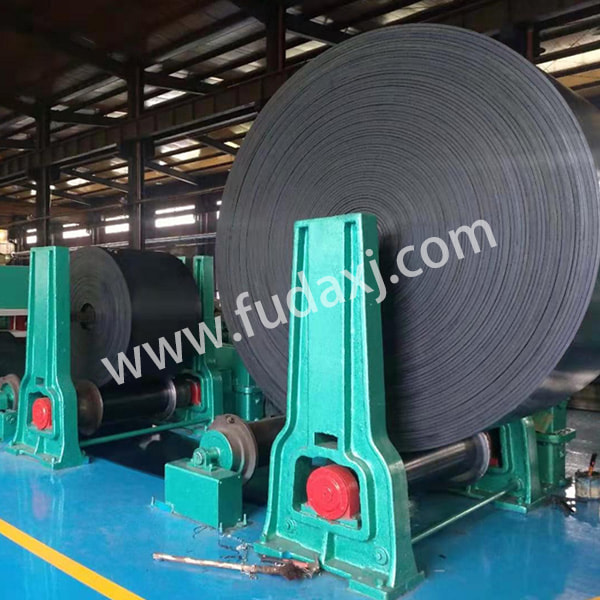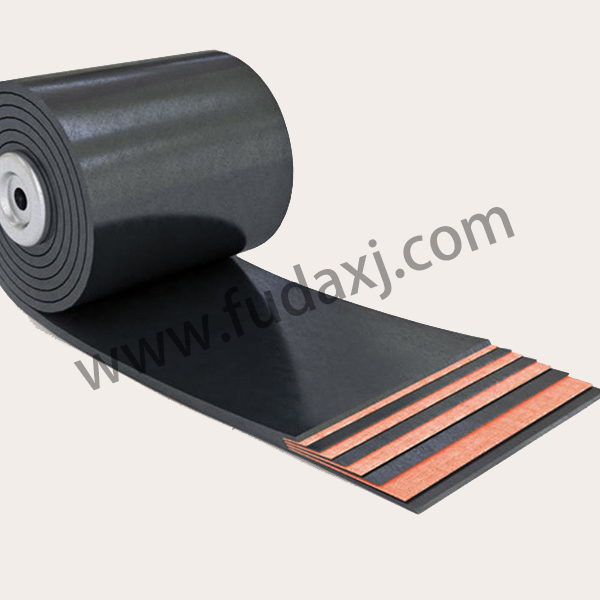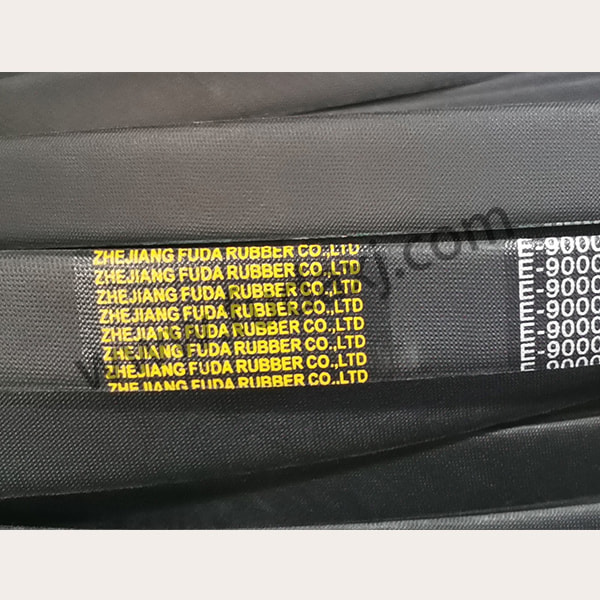
Industrial operations that transport abrasive materials are increasingly turning to specialized abrasion conveyor belt solutions to extend equipment life and reduce maintenance costs. These rugged belts have become critical components in mining, recycling, and aggregate processing where conventional belts would quickly deteriorate. The evolution of abrasion conveyor belt technology demonstrates significant advances in material science that address some of the lots of challenging wear environments.
Modern abrasion conveyor belt designs incorporate multiple layers of protection against cutting, gouging, and impact damage. Current premium models utilize ultra-high molecular weight polyethylene (UHMWPE) or specially formulated rubber compounds that resist wear while maintaining flexibility. These advanced abrasion conveyor belt products demonstrate three to five times longer service life compared to standard belts in applications involving sharp or rough materials. Their improved durability directly translates to fewer production stoppages for belt replacements and lower long-term operating costs.
The mining industry has widely adopted heavy-duty abrasion conveyor belt systems for transporting ore, coal, and overburden. Underground mining operations particularly benefit from belts featuring enhanced rip resistance and fire-retardant properties. Many mining-grade abrasion conveyor belt products now include reinforced edges and impact beds that protect against damage from large, irregularly shaped rocks. These innovations help maintain continuous material flow in some of the lots of demanding extraction environments.
Recycling facilities utilize specialized abrasion conveyor belt solutions to handle glass, metal scraps, and construction debris. The belts' ability to withstand constant exposure to sharp edges and contaminant materials improves sorting efficiency. Contemporary recycling abrasion conveyor belt designs often incorporate magnetic or electrostatic properties that aid in material separation while resisting wear from ferrous content.
Aggregate and cement plants rely on abrasion conveyor belt systems to move crushed stone, sand, and bulk powders. The combination of heavy loads and abrasive particles creates exceptionally harsh operating conditions. Modern aggregate abrasion conveyor belt products feature multi-ply constructions with impact-resistant top covers that prevent premature failure at loading points. Many operations report significant cost savings after switching to premium abrasion-resistant belts.
The wood processing industry has implemented customized abrasion conveyor belt solutions for handling bark, chips, and sawdust. These belts resist penetration from wood splinters while maintaining flexibility in cold mill environments. Many wood-grade abrasion conveyor belt products now include self-cleaning properties that prevent material buildup and reduce maintenance requirements.
Waste management operations employ abrasion conveyor belt systems to process municipal solid waste and industrial byproducts. The belts must withstand constant exposure to sharp metal objects, broken glass, and other destructive materials. Modern waste handling abrasion conveyor belt designs incorporate cut-resistant weaves and protective coatings that extend service life in these punishing applications.
Agricultural operations utilize abrasion conveyor belt products for grain handling, fertilizer distribution, and feed processing. These belts resist damage from abrasive agricultural materials while meeting food safety requirements. Many agricultural abrasion conveyor belt systems now feature easy-clean surfaces that prevent bacterial growth and comply with hygiene standards.
As industries face increasing pressure to improve efficiency and reduce waste, abrasion conveyor belt technology plays a vital role in sustainable material handling. The ability to move abrasive materials reliably while small replacement frequency supports both economic and environmental goals. From quarry operations to recycling centers, abrasion conveyor belt systems continue proving their value in some of industry's lots of punishing applications.
 English
English 简体中文
简体中文 Español
Español عرب
عرب
 English
English





 Fax: 0086-576-83019528
Fax: 0086-576-83019528